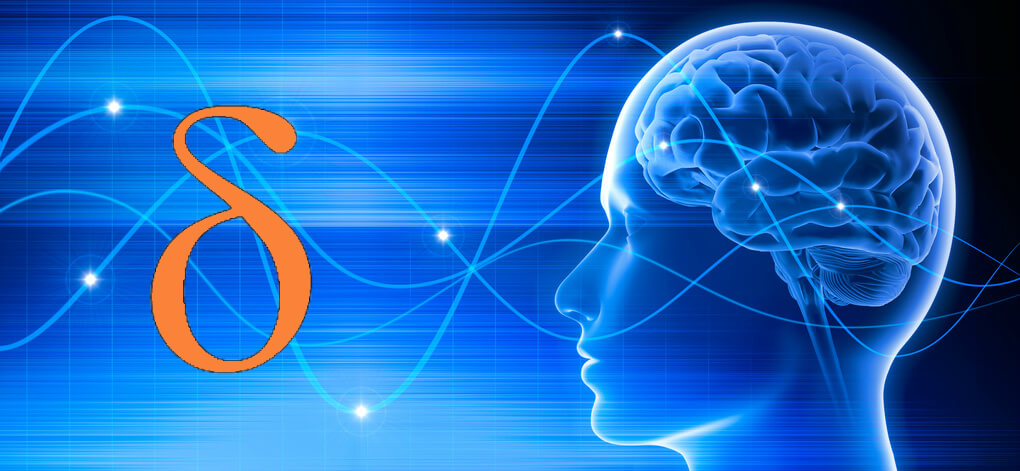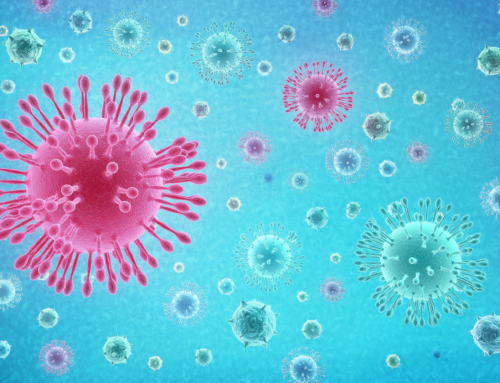
How to Increase HGH Production by Improved Sleep Quality
The quality of sleep and exercise are two of the largest means by which an adult produces and obtains human growth hormones (HGH). HGH is one of the fountain of youth hormones responsible for maintaining the bodies youth, strength, health and vitality and is manufactured in the pituitary gland only during key activities.
In order to produce HGH during sleep the body has to move into a cycle of sleep called “deep sleep”. This is when your body shifts into a deep slow-wave sleep and when brain waves differ most from those of an awake, alert mind.
As we age, our bodies HGH production decreases. This is due mostly to hormone and lifestyle changes. One way to help counteract this decrease is to maximize the right type of sleep.
Understanding Phases of Human Sleep
Sleep occurs in cycles throughout the night, with each sleep cycle taking approximately 90 minutes. The average person cycles through five sleep cycles per night. Our body’s biological clock controls all of this.
Each sleep cycle occurs in two distinct phases: non-REM sleep and REM (Rapid Eye Movement). Non-REM sleep initiates the beginning of each sleep cycle and consists of four stages:
Stage 1 non-REM – Sleep Prep
This is the drowsy transition between wakefulness and sleep is characterized by slowly rolling eye movements and the ability to awaken easily. Stage 1 lasts for approximately 20 minutes and is when the heart rate slows and the body temperature begins to cool down. Brain activity during this stage shows up in “spindles”, which are essentially tightly packed brain wave patterns. These spindles have been linked to muscle memory and internalizing movements learned during the day.
Stage 2 non-REM – Transition
This is the transition from light to deep sleep. The brain disengages from the external environment as sensory awareness is decreased. Stage 2 is marked by slower brain waves, interspersed with rapid waves.
Stage 3 & 4 non-REM – Deep Sleep
Stage 3 is when the body produces spindle and slow waves moving into slow and delta waves in Stage 4. Stage 4 is complete deep sleep where the body produces very slow Delta Waves. This stage of sleep is often called Slow Wave Sleep (SWS). During this stage the heart and respiratory rates are lowered and brain waves, eye movement and muscle activity are minimal. The body releases HGH in order to direct resources to regenerating tissues, building bones and muscle, recharging energy stores, strengthening the immune system, initiate recovery and re-energize your body. Additionally, elements of the parasympathetic nervous system are triggered while the sympathetic nervous system is suppressed. All of this supports immune function and normal glucose metabolism during the day.
Stage 5 – REM Sleep
REM sleep is marked by periods of rapid eye movement and intense dreaming, possibly related to the process of “memory consolidation” wherein the brain sorts through the previous day’s experiences to store long-term memories. As the body cycles between non-REM and REM sleep throughout the night, each recurring REM cycle lasts longer than the previous ones, with the final REM phase lasting up to an hour.
Otherwise known as REM sleep, this is the stage where we dream. Our arms and legs are paralyzed, and this is the only stage of sleep where the body doesn’t actually move. This stage of sleep is associated with learning and memory retention, where the hippo-campus transfers and filters the day’s information to the neo-cortex, kind of like a computer uploading information and clearing it’s RAM onto a hard drive. During the first few cycles deep sleep periods are longer and REM periods are shorter, but after the 4th cycle the REM periods become much longer and the deep sleep phases much shorter.
Humans spend almost 50 percent of their total sleep in stage 2 non-REM sleep, about 20 percent in REM sleep, and the remaining 30 percent in the other stages. Infants, by contrast, spend about half of their total sleep time deep in REM sleep.
3 Ways to Increase HGH Production
1. Supplements
Here is a short list of some of the most popular supplements to take before bed to improve your sleep quality.
Melatonin.
Recommended dosage: 0.5 to 3 mg
Melatonin has been shown to increase growth hormone levels by up to 157 percent. Most Melatonin supplement pills come in doses of 3 mg but splitting it in half is typically just as effective, bringing the nightly dose down to 1.5 mg.
GABA.
Recommended dosage: 1.5 to 3 g of GABA
GABA, or gamma aminobutyric acid, has been shown to increase growth hormone production by 200 percent.
L-arginine and L-lysine.
Recommended dosage: 3 to 5 g
The combination of these two amino acids together before exercise and sleep has shown to increase growth hormone production by up to 700 percent.
Glutamine.
Recommended dosage: 2 to 10 g
Glutamine may boost HGH levels, according to a study conducted by researchers at the Louisiana State College of Medicine. They discovered that subjects consuming 2 g of glutamine experienced increases in HGH levels. Their findings were reported in the 1995 issue of “The American Journal of Clinical Nutrition.”
2. Sleep Longer
70-80% of HGH production takes place while you’re sleeping 7-to-9 hours straight without interruption so that the sleep cycles can complete.
3. Improve Sleep Quality
- Eat at least 2-3 hours before your bedtime
- Turn off lights
- Stop screen time at least an hour before bed
- Remove factors that may be keeping you awake or waking you up during the night.
- No caffeine at least 5 hours before bedtime; soda, coffee, tea, energy drinks, chocolate
- Use essential oil spray on your bed such as lavendar
- Shut off noises such as phone ringers



